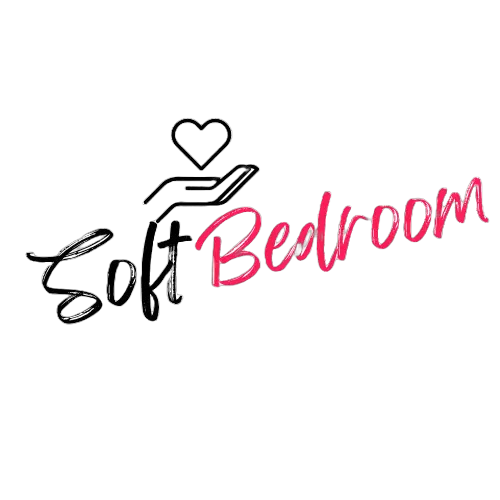How to Choose the Best Caravan Mattress for Adventures?
Choosing the best caravan mattress isn’t just about comfort—it’s about transforming your adventures. Many travelers assume any mattress will do, but a poor choice can lead to sleepless nights, back pain, and restless journeys. The right mattress, however, unlocks deeper sleep, better energy, and unforgettable road trips. With the rise of #VanLife and off-grid travel, … Read more
